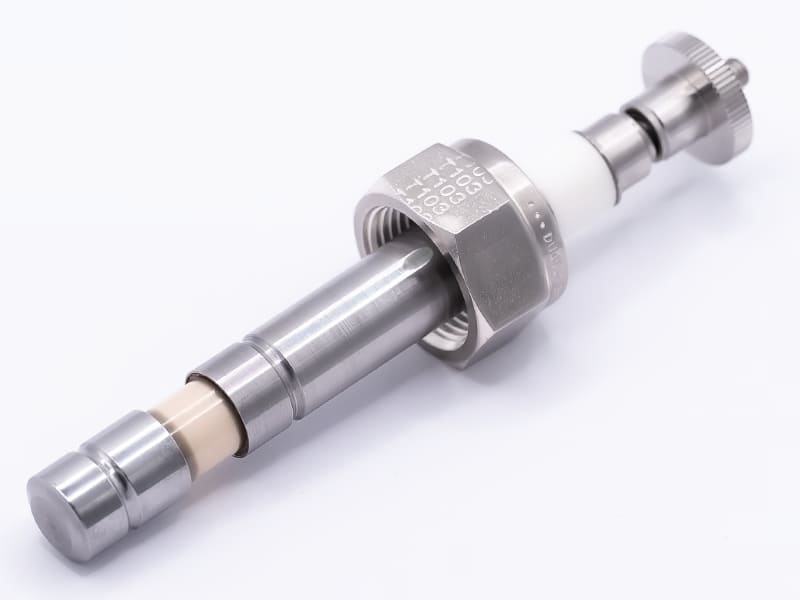Answer - Its works on the principle of resistivity. The discrimination between water & steam is based on the significant difference in resistivity between the two states over the saturation range.when a voltage applied to the tip,conduction takes place between tip and inside wall of column.when the resistance of probe is less than 100K its represents the water % in drum and if it is greater than 100K its represents the % steam in drum.
Answer - Its works on the principle of resistivity. The discrimination between water & steam is based on the significant difference in resistivity between the two states over the saturation range.when a voltage applied to the tip,conduction takes place between tip and inside wall of column.when the resistance of probe is less than 100K its represents the water % in drum and if it is greater than 100K its represents the % steam in drum.
Hydrastep use conductivity level probes as the sensing element of the system. They are often made from stainless steel and zirconia brazed together.
They work on the principle of resistance, specifically the difference in resistance between steam and water. Because steam has a very big resistance and water has a very small resistance, it is possible to use electronics to turn that resistance into a level indicator.
Conductivity probes have a metal stud and tip that are completely isolated from the metal body but a brazed insulator. The probe is inserted into the water column and its body forms part of the earthing (grounding) system of the electronic unit.
An alternating electrical current is applied to the probe stud and tip from the electronic unit. When water bridges the gap between the tip and the body, the electrical circuit is complete and the electronic indicates this as a water state. If the water does not bridge the gap, it is indicated as a steam state. Each probe in the system has its own circuit and LED indicator channel.
Great examples of these probes can be found on the Drumline Ltd website. https://drumlevel.com
